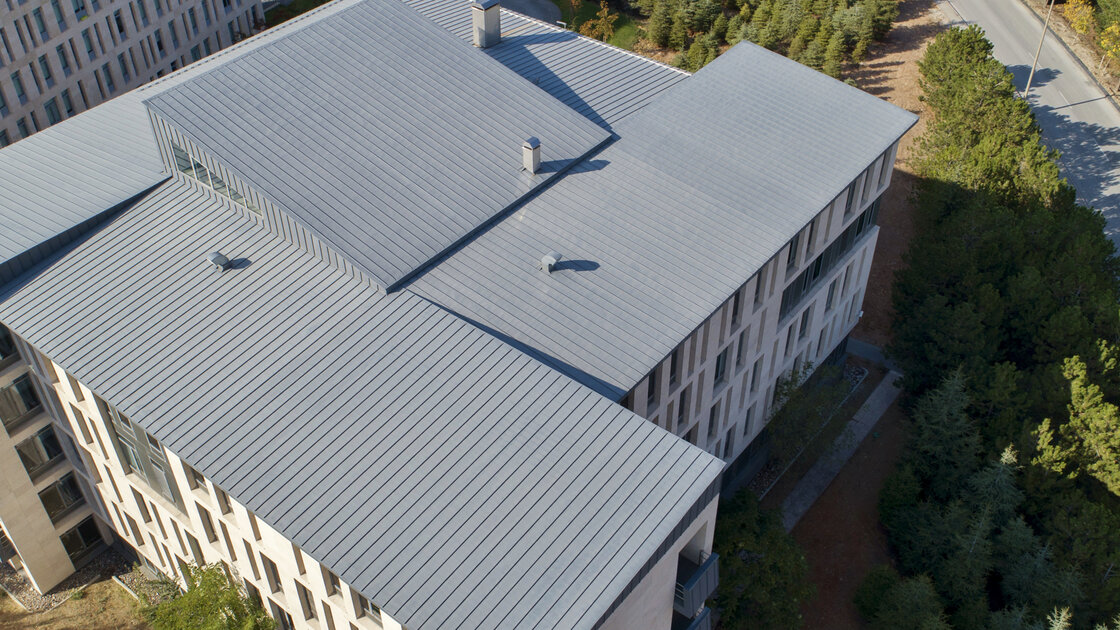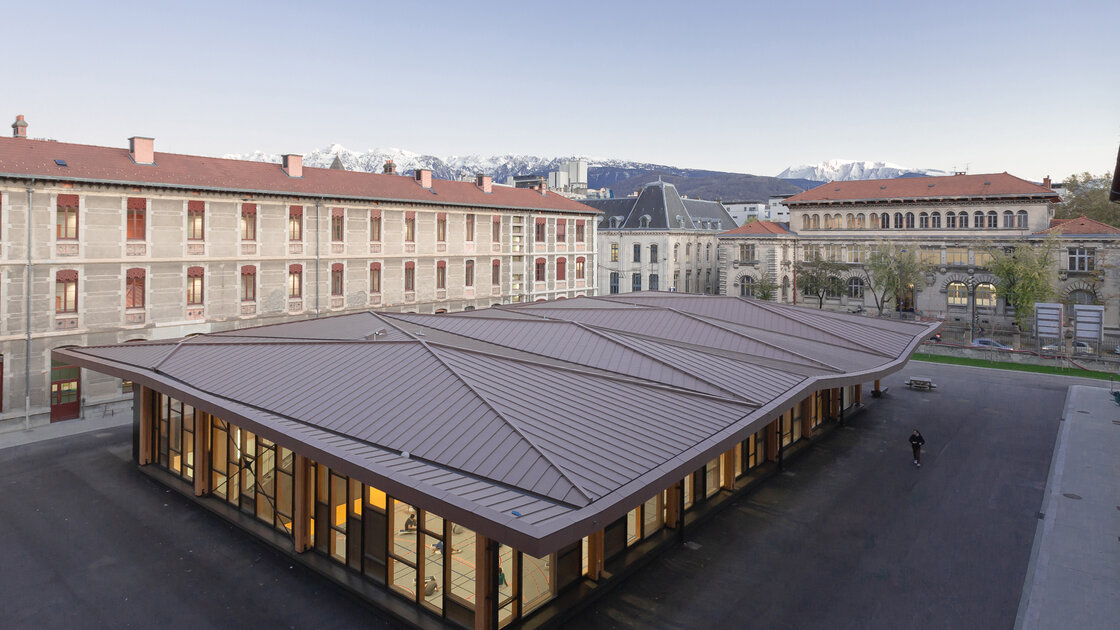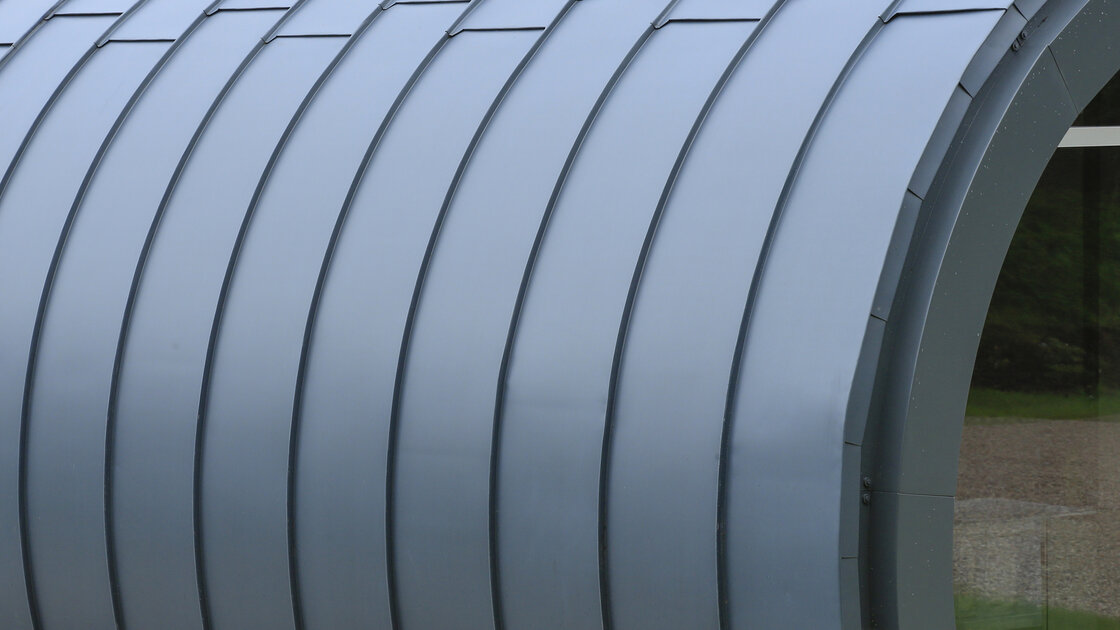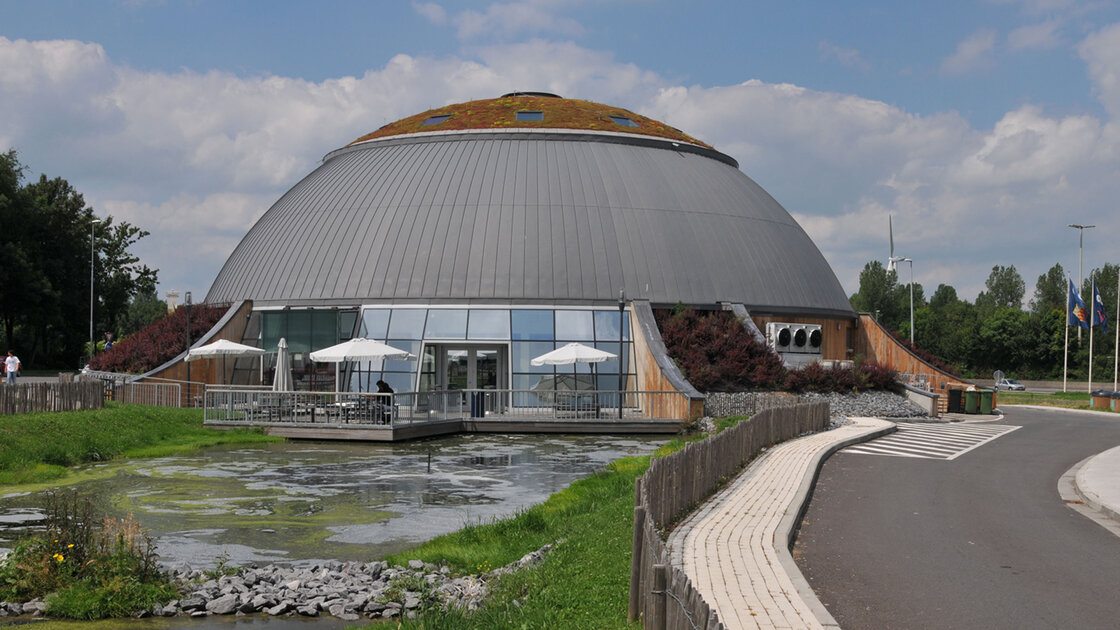
Standing seam for roofing
- Roofing
- Clips
- Hidden
- Standing
- Standing seam
General information
Standing seam is a double folded seam. The use of profiling and seaming machines for the closure of longitudinal seam joints significantly reduces installation time.
The low height of the seams (25 or 32 mm) contributes to the modernity, lightness and regularity of the roof and facade, while highlighting its architectural purpose.
When dealing with more complex designs this system presents a more technologically advanced appearance.
The Standing seam technique is particularly suitable for very large roof and facade surfaces and for structures located in regions of harsh climate, which are often subject to strong winds, heavy rain and snowfall (mountain or continental climate).
Technical data
| Length | 10000.0 mm |
|---|---|
| Thickness | 0.7 mm |
Finishes
See all aspects-
 ANTHRA-ZINC
ANTHRA-ZINC -
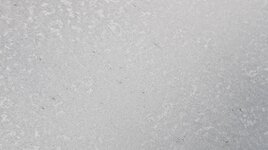 AZENGAR
AZENGAR -
 PIGMENTO Blue
PIGMENTO Blue -
 PIGMENTO Brown
PIGMENTO Brown -
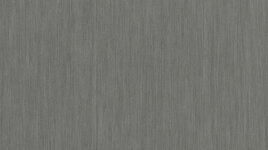 PIGMENTO Green
PIGMENTO Green -
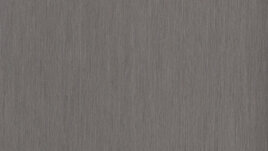 PIGMENTO Red
PIGMENTO Red -
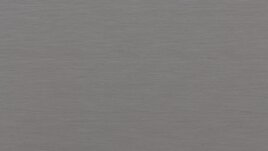 QUARTZ-ZINC
QUARTZ-ZINC -
 Natural zinc
Natural zinc
Installation
See all our installation videosDescription
Lay the panel on the structure
The L profile of the preceding panel and the clips that have been fastened to the panel and fixed to the structure are covered by the U of the next panel, avoiding stresses and lateral traction.
Number of clips for roofing depends on the climate zone.
Transversal junctions
When the length of the roof slope exceeds the maximum recommended length, it is necessary to join the sheets using transversal junctions. Several techniques exist depending on the pitch of the roof.
-
1 -
Lay the panel on the structure
The L profile of the preceding panel and the clips that have been fastened to the panel and fixed to the structure are covered by the U of the next panel, avoiding stresses and lateral traction. -
1.
Lay the panel on the structure
The L profile of the preceding panel and the clips that have been fastened to the panel and fixed to the structure are covered by the U of the next panel, avoiding stresses and lateral traction. -
2 -
Number of clips for roofing depends on the climate zone.
-
2.
Number of clips for roofing depends on the climate zone.
-
3 -
Transversal junctions
When the length of the roof slope exceeds the maximum recommended length, it is necessary to join the sheets using transversal junctions. Several techniques exist depending on the pitch of the roof.
-
3.
Transversal junctions
When the length of the roof slope exceeds the maximum recommended length, it is necessary to join the sheets using transversal junctions. Several techniques exist depending on the pitch of the roof.


